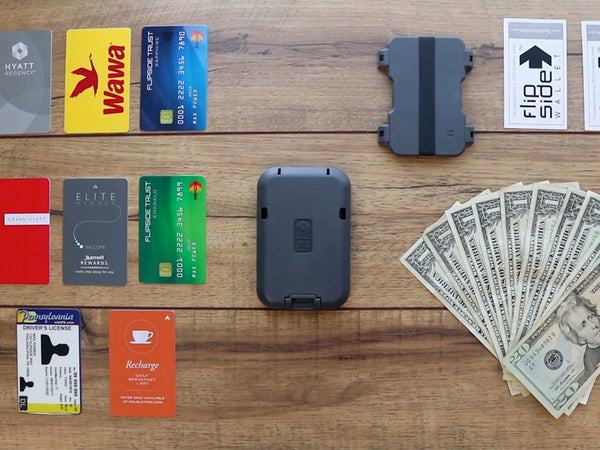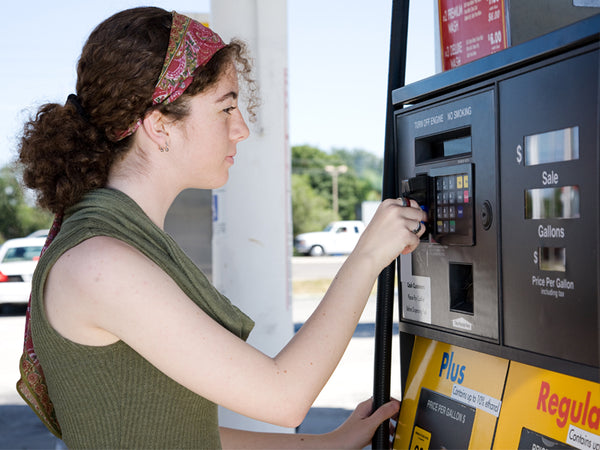Future Security: The Flipside Wallet is the Best Way to Protect the New ‘Chip and Pin’ Cards

Take a look at how important RFID blocking wallets have become; a few years ago no one even knew what they were, and RFID enabled scanners in retail stores were something we just cryptically glanced at for a few seconds before we ‘swiped’ our card the traditional way.
Now another NEW, widely adopted payment card technology is finally coming to the U.S. in late 2015, and it’s changing the way we use credit cards, as well as what kind of protection these new cards will need.
They are called “chip and pin” credit cards (also known as EMV cards in Europe), and the majority of the world already uses them, except for the U.S. Next year, that is all going to change. According to a Wall Street Journal article from earlier this year:
“Beginning later next year, you will stop swiping the credit card. Instead, you will insert your card into a slot, just like people do in much of the rest of the world, where the machine will read a microchip, not a magnetic stripe. You’ll still be signing for the time being, but the new system also enables the use of PIN numbers, if card issuers decide to add them to their cards.”
The article goes on to say:
“The U.S. is the last major market to still use the old-fashioned swipe-and-sign system, and it’s a big reason why almost half the world’s credit card fraud happens in America, despite the country being home to about a quarter of all credit card transactions.”
The chip in the new "chip and pin" cards that physically makes contact with the internals of the reader
The chip and pin card payment system is being rolled out partially because of the recent large scale data breach of more than 40 million credit cards from Target, Neiman Marcus, and several other major retailers. Moreover, the recent Home Depot data breach has just been revealed to be 56 million cards stolen ($62 million in losses), making it even worse than the Target breach.
The new chip and pin payment procedure will now make it more difficult for a hacker to steal your credit card details with “card present” transactions.
Much like the state of cards now in the U.S., some of the new EMV cards will come with RFID (or contactless) technology as well, and some will not. This is up to a consumer’s bank or card issuer.

It is interesting to consider just how much credit and debit cards have changed over time; instead of being the simple wedges of plastic that we have always known, they now take the form of mini computers. They contain delicate chips inside that are inserted like flash drives into the new EMV card readers, or use another chip with an antennae to communicate with a reader and pay for something through RFID–so much technology in such a small, fragile card.
And because these cards have now become such delicate little machines, we must be even more aware of how we care for them and store them in our wallets. Keeping them in a typical leather or fabric wallet could allow them to be bent or broken, which is why a Flipside® Wallet is the best way to protect these new cards. As long as your cards are in a Flipside® Wallet, nothing will get crushed or deformed, and no RFID chips can be scanned or communicated with. There is no such thing as too much safety when it comes to your wallet.
Chip and Pin Card Links:
October 2015: The End of the Swipe-and-Sign Credit Card (article from Wall Street Journal)
American Credit Cards Improving Security with EMV, At Last (article from Forbes)
Chip and PIN: NO Panacea, but Worth the Effort-and the Cost (article from CSO online)
The Endless Data Security Saga Continues (article from Essential Retail)
Leave a comment
Comments will be approved before showing up.



